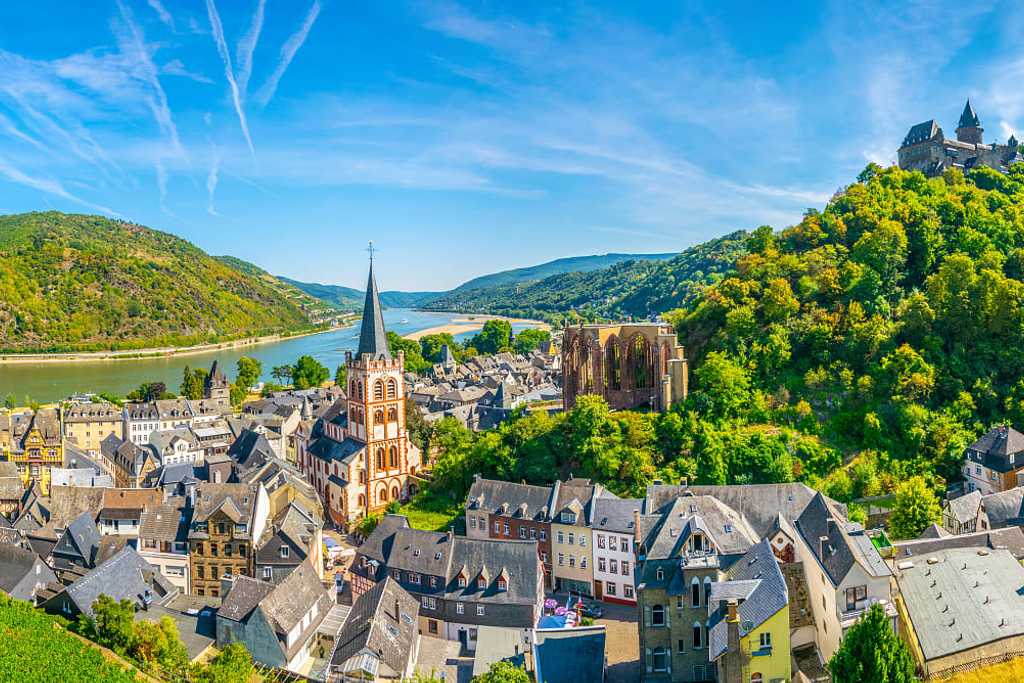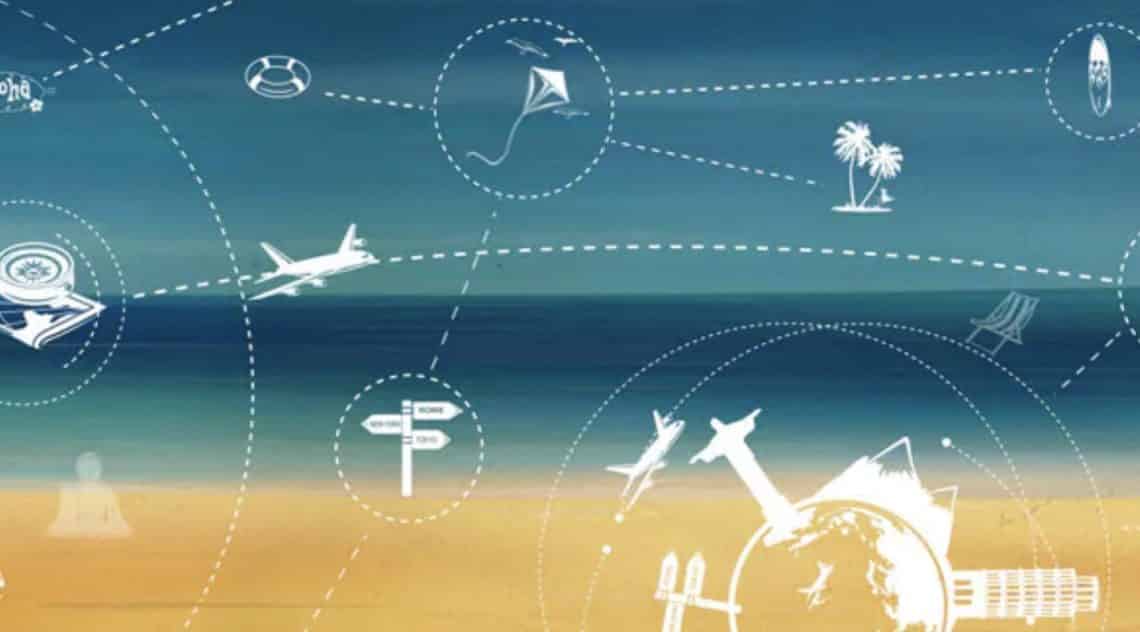Germany, a country at the heart of Europe, is renowned for its rich history, cultural heritage, economic prowess, and stunning landscapes. This guide provides an overview of Germany’s geography, history, culture, economy, and key attractions.
Table of Contents
Geography
Germany is located in Central Europe, bordered by nine countries: Denmark, Poland, the Czech Republic, Austria, Switzerland, France, Luxembourg, Belgium, and the Netherlands. It boasts a diverse landscape that includes:
- The Alps in the south
- Forested hills in the central region
- Plains and beaches along the northern coastlines
- Major rivers like the Rhine, Danube, and Elbe
History
Germany’s history is marked by significant events and eras:
- Holy Roman Empire: A multi-ethnic complex of territories in Central Europe that developed during the early Middle Ages.
- Reformation: Led by Martin Luther in the 16th century, it profoundly influenced the religious landscape of Europe.
- Unification: The German Empire was formed in 1871 under Prussian leadership.
- World Wars: Germany played a central role in both World War I and World War II, leading to significant political and territorial changes.
- Division and Reunification: Post-WWII, Germany was divided into East and West. It was reunified in 1990, following the fall of the Berlin Wall.
Culture
Germany has a rich cultural heritage with contributions in various fields:
- Literature: Home to famous writers like Johann Wolfgang von Goethe and Friedrich Schiller.
- Music: Renowned composers such as Ludwig van Beethoven, Johann Sebastian Bach, and Richard Wagner.
- Philosophy: Influential philosophers like Immanuel Kant, Friedrich Nietzsche, and Karl Marx.
- Festivals: Oktoberfest in Munich, the world’s largest beer festival, and Karneval, a lively pre-Lenten celebration.
Economy
Germany is Europe’s largest economy and the fourth-largest in the world. Key economic sectors include:
- Automotive Industry: Home to major car manufacturers like Volkswagen, BMW, and Mercedes-Benz.
- Engineering and Manufacturing: Known for its high-quality machinery, equipment, and industrial goods.
- Finance: Frankfurt is a major financial hub.
- Technology and Innovation: Leading in fields like renewable energy, pharmaceuticals, and IT.
Key Attractions
Germany offers a wide range of attractions for visitors:
- Berlin: The capital city, known for its vibrant culture, historic sites like the Brandenburg Gate, and the Berlin Wall Memorial.
- Munich: Famous for its Oktoberfest, historic architecture, and the stunning Marienplatz.
- Neuschwanstein Castle: A fairy-tale castle in Bavaria, often called the inspiration for Disney’s Sleeping Beauty Castle.
- Rhine Valley: A picturesque region with vineyards, medieval castles, and charming towns.
- Black Forest: Known for its dense forests, scenic beauty, and the origin of the cuckoo clock.
Travel Tips
- Language: German is the official language. English is widely spoken, especially in tourist areas.
- Currency: The Euro (€) is the official currency.
- Transportation: Germany has an excellent public transport system, including trains (Deutsche Bahn), buses, and domestic flights.
- Climate: Varies from temperate in the north to continental in the central and southern regions. Summers are warm, and winters can be cold with snowfall.
The Beauty of Germany: A Traveler’s Paradise
Germany is a country of stunning landscapes, charming villages, vibrant cities, and rich cultural heritage. Here’s a look at the beauty of Germany, highlighting its diverse attractions and picturesque settings.
Natural Wonders
1. The Bavarian Alps
The Bavarian Alps in southern Germany offer breathtaking mountain scenery, perfect for skiing in the winter and hiking in the summer. Key attractions include:
- Zugspitze: Germany’s highest peak, providing panoramic views and year-round snow.
- Berchtesgaden National Park: A haven of alpine beauty with crystal-clear lakes like Königssee and lush forests.
2. The Black Forest
Renowned for its dense woods, enchanting villages, and scenic trails, the Black Forest is a natural paradise. Highlights include:
- Triberg Waterfalls: One of Germany’s highest waterfalls, surrounded by serene forest.
- Schwarzwaldhochstraße: A scenic drive through the heart of the Black Forest.
3. Rhine Valley
The Rhine Valley is famous for its picturesque landscapes, vineyards, and historic castles. Don’t miss:
- Lorelei Rock: A legendary slate rock overlooking the narrowest part of the Rhine River.
- Rüdesheim: A charming wine town with medieval architecture and scenic river views.
Historic and Cultural Sites
1. Neuschwanstein Castle
Often referred to as the fairy-tale castle, Neuschwanstein in Bavaria is a symbol of romantic architecture and inspiration for Disney’s Sleeping Beauty Castle.
2. Heidelberg
This city is home to Germany’s oldest university and boasts a beautiful old town, a majestic castle, and a scenic setting on the Neckar River.
3. Berlin
The capital city offers a mix of historical landmarks and modern attractions:
- Brandenburg Gate: An iconic symbol of Berlin and German reunification.
- Berlin Wall Memorial: A poignant reminder of the city’s divided past.
- Museum Island: A UNESCO World Heritage site with world-class museums.
Enchanting Villages and Towns
1. Rothenburg ob der Tauber
This medieval town in Bavaria is famed for its well-preserved old town, half-timbered houses, and cobblestone streets.
2. Görlitz
Located in Saxony, Görlitz is known for its stunning architecture, spanning Gothic, Renaissance, Baroque, and Art Nouveau styles.
3. Bamberg
A UNESCO World Heritage site, Bamberg is celebrated for its historic buildings, including the impressive Bamberg Cathedral and the charming Altes Rathaus (Old Town Hall).
Scenic Routes and Drives
1. The Romantic Road
A scenic route through Bavaria and Baden-Württemberg, the Romantic Road takes you through picturesque towns, medieval castles, and beautiful landscapes.
2. The German Alpine Road
This route winds through the Bavarian Alps, offering spectacular views of mountains, lakes, and charming alpine villages.
3. The Wine Route
Located in the Palatinate region, this route is famous for its vineyards, wine festivals, and charming wine villages.
Conclusion
The beauty of Germany lies in its diverse landscapes, rich history, and cultural heritage. Whether you’re exploring the majestic Alps, wandering through medieval towns, or enjoying the vibrant life of cities like Berlin and Munich, Germany offers endless opportunities to experience its charm and splendor. Each region has its unique appeal, making it a perfect destination for travelers seeking natural beauty, historical depth, and cultural richness.
Credit: Pakistan Networks

















